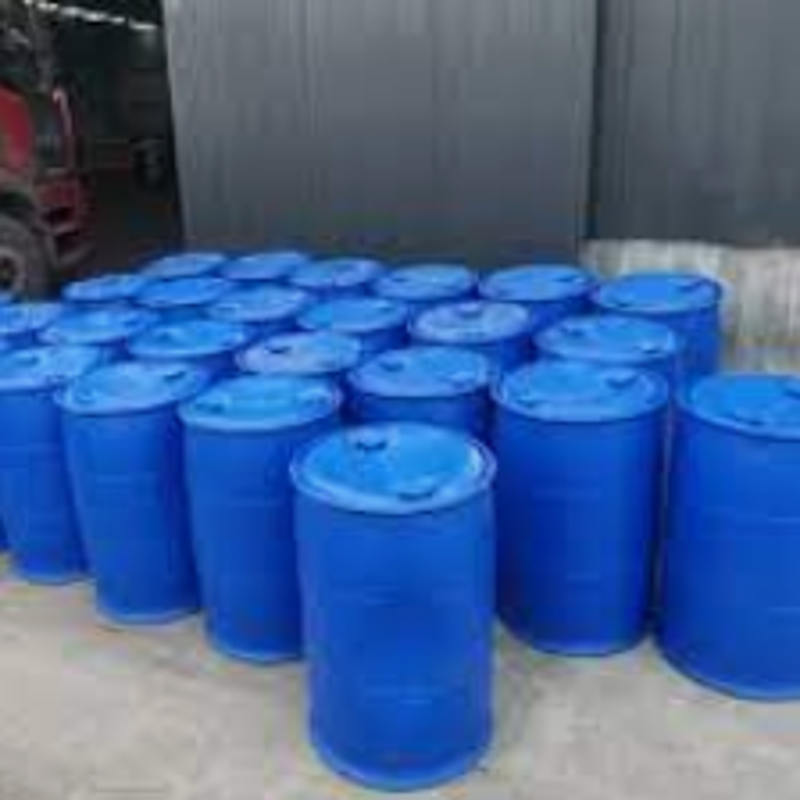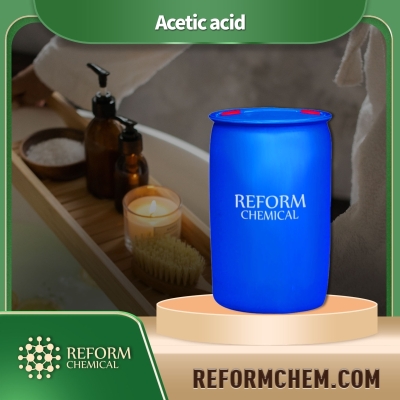-
Categories
-
Pharmaceutical Intermediates
-
Active Pharmaceutical Ingredients
-
Food Additives
- Industrial Coatings
- Agrochemicals
- Dyes and Pigments
- Surfactant
- Flavors and Fragrances
- Chemical Reagents
- Catalyst and Auxiliary
- Natural Products
- Inorganic Chemistry
-
Organic Chemistry
-
Biochemical Engineering
- Analytical Chemistry
-
Cosmetic Ingredient
- Water Treatment Chemical
-
Pharmaceutical Intermediates
Promotion
ECHEMI Mall
Wholesale
Weekly Price
Exhibition
News
-
Trade Service
https:// 25, " The Lancet " published online vaccinated populations BNT162b2 vaccine designed to evaluate the first dose ChAdOx1-S vaccine second dose immune immunogenicity and reactogenicity research, this study is the first to assess heterologous vaccine Clinical research on immunogenicity and reactogenicity
.
.
Designed to evaluate the first dose ChAdOx1-S BNT162b2 vaccination vaccination vaccination second needle populations immune immunogenicity and reactogenicity studies, the study is the first clinical study evaluated the immunogenicity of heterologous vaccination and reactogenic
.
It is a multi-center, open-label, randomized controlled phase II study.
Screening for infection
From April 24 to 30, 2021, a total of 676 subjects who met the selection criteria were recruited in five university hospitals in Spain, with an average age of 44, 382 (57%) women, and 294 (43 %) are men
.
The study subjects were randomly assigned to the intervention group (n=450) or the control group (n=226) according to 2:1
.
The results of the study found that the geometric mean of the new coronavirus RBD specific antibody titer on the 14th day of heterologous vaccination was significantly different between the two groups: the average RBD specific antibody of the intervention group was 7756.
68 BAU/mL (95% CI 7371.
53 -8161.
96), the control group averaged 99.
84 BAU/mL (95% CI: 76.
93-129.
59); the intervention group was 77.
69 times that of the control group (95% CI 59.
57-101.
32)
.
In addition, the titer of the new coronavirus S antigen specific antibody on the 14th day of vaccination was also significantly different between the two groups: the average S antigen specific antibody of the intervention group was 3684.
87 BAU/mL (95% CI 3429.
The study found that the average number of neutralizing antibodies in the intervention group was increased by 45 times compared with the baseline level, while the neutralizing antibody activity of the control group was not significantly different from the baseline on the 14th day
.
.
The average number of neutralizing antibodies in the intervention group increased by 45 times compared to the baseline level, while the neutralizing antibody activity in the control group had no significant difference compared with the baseline on the 14th day
.
In terms of cellular immunity, the study evaluated the dynamic changes of functional S antigen-specific T cell responses in 151 subjects (n=99 intervention group, n=52 control group)
.
The reactogenicity analysis was based on the analysis of adverse events collected from 448 individuals in the intervention group
.
The most common systemic reactions included headache (n=199 [44%]), myalgia (n=194 [43%]) and malaise (n=187 [42%]).
Other relatively rare systemic adverse reactions were fever ( n=11 [2%])
The study showed that 8-12 weeks after the first dose of ChAdOx1-S vaccine, the humoral and cellular immune responses of individuals receiving the second dose of BNT162b2 vaccine increased significantly, and heterologous vaccination can greatly enhance the vaccine.
The vaccination effect produces high-titer antibodies
.
However, the study only compared the two groups of people vaccinated with ChAdOx1-S vaccine alone and ChAdOx1-S+BNT162b2 in combination, and did not compare the immune response of the population with two vaccinations of BNT162b2 or two vaccinations of ChAdOx1-S
.
After 8-12 weeks after the first dose of ChAdOx1-S vaccine, individuals who received the second dose of BNT162b2 vaccine showed a significant increase in humoral and cellular immune responses.
The article pointed out that this is the first report to show that the COVID-19 heterologous vaccination plan induces the human immune response with acceptable and controllable reactogenic characteristics
.
This obtained an early response 7 days after the second dose, and was confirmed on the 14th day, showing a heterogeneous protocol
.
In particular, there is a strong assessment of the consistency between the immune response and the specific antibody titer against SARS-CoV-2 spike.
The ratio of protein and function increases the neutralizing ability in the corresponding test
.
A strong positive correlation was observed between the two immunoassays and the pseudovirus neutralization assay
.
Boosting the vaccine after 14 days of immune cell response is also a heterologous method that supports the effectiveness
.
The article pointed out that this is the first report to show that the COVID-19 heterologous vaccination plan induces the human immune response with acceptable and controllable reactogenic characteristics
.
This obtained an early response 7 days after the second dose, and was confirmed on the 14th day, showing a heterogeneous protocol
.
In particular, there is a strong assessment of the consistency between the immune response and the specific antibody titer against SARS-CoV-2 spike.
The ratio of protein and function increases the neutralizing ability in the corresponding test
.
A strong positive correlation was observed between the two immunoassays and the pseudovirus neutralization assay
.
Boosting the vaccine after 14 days of immune cell response is also a heterologous method that supports the effectiveness
.
The research is still in progress; future research results comparing homologous and heterologous vaccination will be published one after another, which may have certain reference significance for vaccination strategies
.
.
In the future, research results comparing homologous and heterologous vaccination will be announced one after another, which may have certain reference significance for vaccination strategies
.
references:
Immunogenicity and reactogenicity of BNT162b2 booster in ChAdOx1-S-primed participants (CombiVacS): a multicentre, open-label, randomised, controlled, phase 2 trial.
Lancet.
Published Online June 25, 2021 DOI: https://doi.
org/ 10.
1016/ S0140-6736(21)01420-3
org/10.
1016/ Leave a message here







